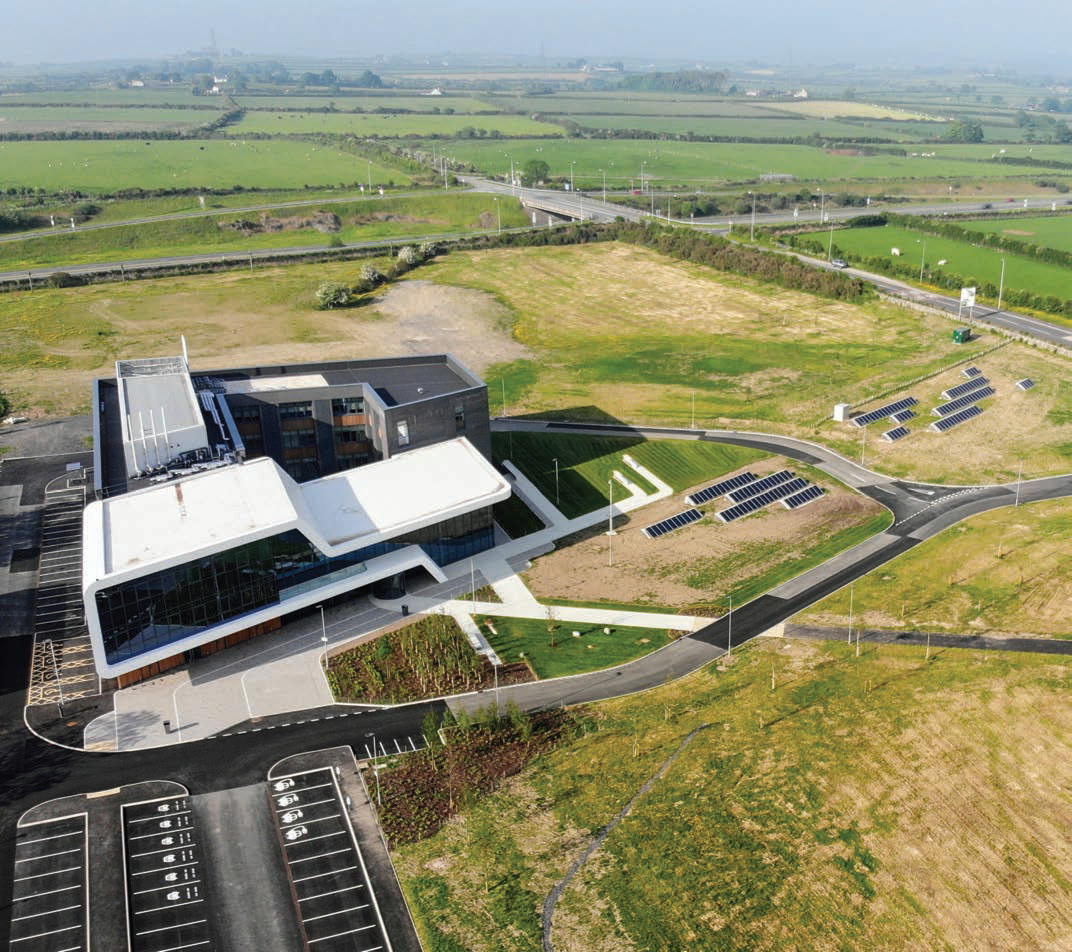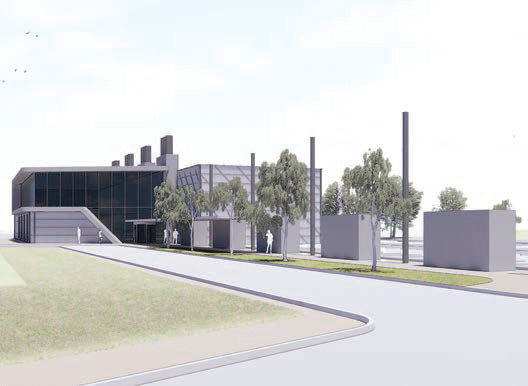Biocomposites centre plans new pilot plant home
6 March 2020At the International Panel Products Symposium (IPPS) in October 2019, BioComposites Centre director, Dr Rob Elias, announced an exciting plan to move the centre's pilot plant to a new home, a state-of-the-art multi-millionpound building. Here Dr Elias explains more details about the project
The proposed new home for the BioComposites Centre (BC) will be located on the new and hugely successful Science Park: M-SParc in Bangor, Wales.
The science park is a hub for Bangor University’s collaboration with industry. The vision for the park is to help build capacity in the region through support for inward investment that will enable companies to develop new technologies. The new pilot plant will be located next door to the highly successful M-SParc building that opened in 2018.
The BioComposites Centre was established in 1989 to support the wood-based panel sector. Over the last 30 years the Centre has successfully helped companies evaluate new feedstocks, develop new resin systems and investigate innovative process additives. Through this collaborative research the Centre has supported many companies in launching their new products or helping them to improve their production processes.
Early research work at the Centre looked at the production of acetylated MDF, evaluated new FR products and prototyped high-density grades of MDF. In the early 2000s extensive research assessed a wide range of agri-fibre feedstocks such as rice straw, hemp and flax as alternative feedstocks for manufacturing MDF and particleboard.
A key to all of these successes are the Centre’s pilot scale facilities. Co-funded with cash from the Welsh government and industry when the Centre set up in 1989, it featured the first continuous pilot scale highpressure refiner supplied by Andritz. The 12in refiner with a production capacity of 30kg/hr can run at pressures from 3-12 bar. Combined with blowline blending and flash tube drying, the pilot line is a continuous small-scale version of that used in industry.
The pilot plant’s current location is on an industrial park in a unit that was adapted for use. We’ve run our pilot plant at this location for nearly 15 years and in that time we’ve seen some changes in how we work. Moving to the science park will bring lots of benefits such as improved IT, better power and gas connections but, most importantly, the building will be designed to our specific needs. More workshop space, better laboratories, new meeting rooms and staff offices are all included in the design.
An additional benefit of being on-site will be access to the M-SParc hub, with high quality meeting rooms, a café and hot desk areas for visitors.
Having a Science Campus base will help the Centre to continue to deliver world leading, collaborative industrial research. The creation of a state-of-the-art facility combined with a link to M-SParc will also mean that we can support more postgraduate students and graduate placements and these people are critical to the future of our industry.
The new building will be owned and operated by M-SParc Ltd, a wholly owned business of the University. They will be responsible for project management of the build process and will be the Centre’s future landlord. M-SParc’s managing director, Pryderi ap Rhisiart, is looking forward to the challenge.
Raising funds for the build is the next critical step, according to Mr Rhisiart.
“We are working with a number of sponsors to raise the required funding to enable this industry-facing R&D facility to be based here on the park,” he said. “The facility will support well paid jobs in the growing sector that is clean and green growth.”
To build the case for the investment, M-SParc and the BC Centre commissioned an independent study. The study identified opportunities for increased economic investment through commercially driven R&D, IP and novel product development.
“A key will be the ability to maximise the economic impact of academia and business collaborations through better technology transfer,” added Mr Rhisiart. “This in turn will lead to a stronger science and technology base with clear commercial potential that will help increase R&D investment. This is a clear benefit for the Centre to be based here on our Science Park.”
The new building is part of a regional strategy focused on clean and low carbon technology and forest products have an important role.
Moving the Centre will help promote the benefits of innovation through partnership with M-SParc and the University. Another key aim is to embed a culture of innovation and improvement into companies by demonstrating the benefits of R&D. The new location will therefore help raise awareness of strategic role the Centre can play in this sector.
Looking forward, we predict a strong pipeline of new research projects ranging from waste co-product use, the development of processes for enhanced durability of construction products, the scale up of new bio-adhesives to the design of new woodbased construction materials that will be easier to recycle at the end of life.
Being based in a new state-of-the-art building will really help promote our role to our industrial partners and I look forward to greeting our industrial partners here at M-SParc.
The project will cost in excess of £2m and financial help and assistance is being sought from companies and through trade organisations.


